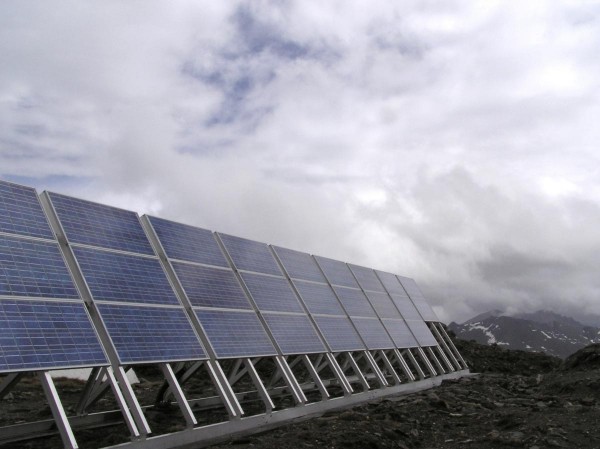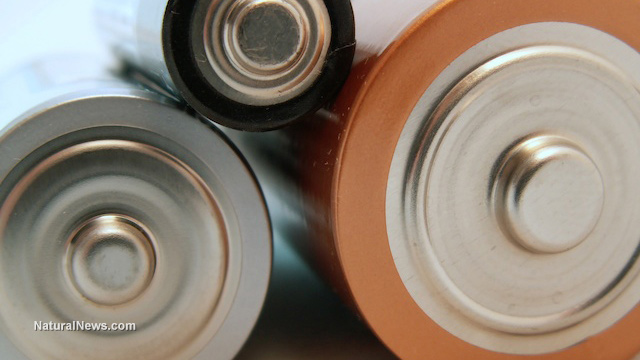As the saying goes: “All good things come to an end.” Solar panel technology is certainly no exception – this doesn’t mean that solar power technology is about to go away soon, but that solar cell technologies currently offer limited lifespans that can still be greatly improved. Now, new research shows exactly how it can be done.
Although the technology behind solar cells is constantly improving, they still haven’t been perfected yet. It is said that even the newest types of solar cells can lose their effectiveness over time as the electrolyte used in them loses color with each use, indicating a reduction in charge carriers. While methods exist to both monitor and predict the rate of aging precisely by way of photographing the cells, this does nothing for the longevity of the panels.
The current study offers a viable solution to this problem. In her dissertation, Armi Tiihonen, a doctoral student at Aalto University, presented her topic on the aging of new kinds of perovskite and dye-sensitized solar panel cells. Her dissertation also presented new developments to increase the lifetime of solar cells, including new ways to further improve the aging tests.
According to Tiihonen, her method is entirely new and offers a unique new insight on the matter. “Perovskite solar cells have not previously been studied using a fast, low-threshold photography method. With it, we could detect even the slightest disintegration in the perovskite,” she explained. “This could mean that in some instances, our photography method could replace a more thorough and laborious method called X-ray crystallography.”
The current photography method employed in the study could aid in determining whether or not X-ray crystallography is really necessary. If there are no changes detected in the photography, then it should be fine to simply postpone the crystallography. Photography is also useful in that it can be used to produce more reliable results when compared with optical measurement devices. (Related: U.S. solar industry explained: 5 important answers about costs, tariffs and green energy.)
According to Docent Kati Miettunen, their method effectively increases the lifetime of current solar panels by up to 10 times the standard rating. “Understanding the aging mechanism is very important,” she stressed. “By modifying the cell structure and the electrolyte we have managed to achieve as much as a ten-fold increase in the lifetime of solar cells.”
When cobalt and iodine electrolytes were compared with one another, switching the charge carrier resulted in an observable slow-down of the aging. As it turned out, iodine electrolytes are not more resilient than cobalt electrolytes, after all.
Tiihonen also studied the effects of certain environmental factors on the aging of the cells and the bleaching of the electrolytes, and she found that the effects weren’t really as significant as they expected. In any case, if the results of this new study could be replicated and implemented at scale, it could change the way that solar cell technology is used today and far into the future.
Learn more about the ways that solar panels are being improved every day at Power.news.
Sources include:
Nanowerk.com
AaltoDoc.Aalto.fi




















